{title}
{publish}
{head}
For the Muong people, the hearth on the stilt house is more than a place for cooking or providing light. It is a source of warmth during cold days and the heart of family gatherings after a long day of work. The hearth is seen as the soul of the house, carrying deep spiritual and cultural meanings. It is revered and even sanctified. That is why building the hearth is considered one of the most important tasks when erecting a new stilt house.
Because the hearth holds spiritual significance, preparations for the day of building it must be made with utmost care. The homeowner typically invites a shaman to conduct spiritual rituals, which involve communicating with the ancestors and local deities, and warding off evil spirits. The person who leads the hearth-building is also carefully chosen, often a respected middle-aged man with both sons and daughters, whose family is prosperous and well-regarded in the community.
When the chosen auspicious hour arrives, the work begins. The hearth is typically placed near the main pillar (cot cai) of the stilt house, within the inner living area.
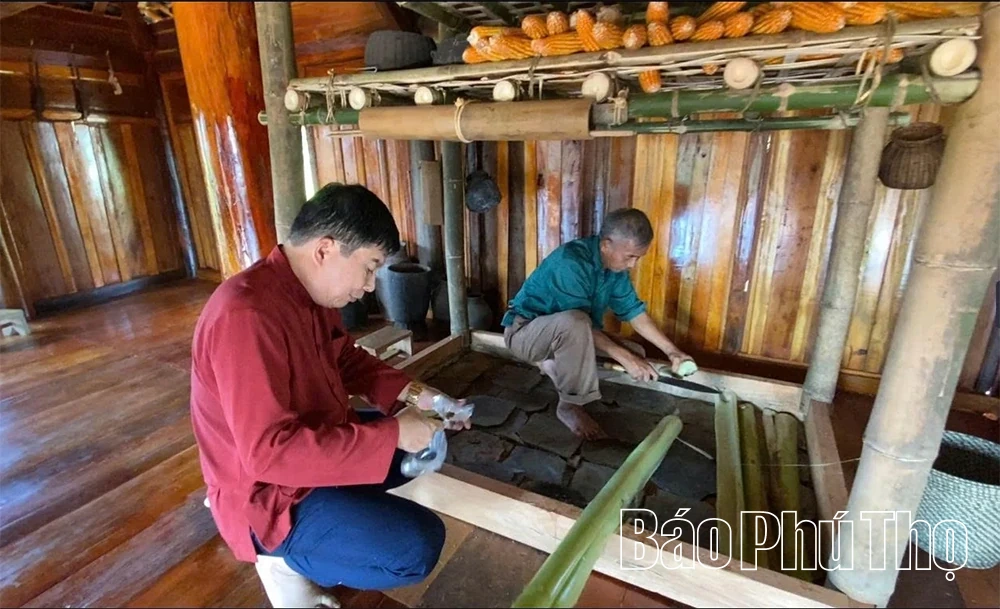
Laying fresh banana leaves before filling the hearth with soil.
To build the hearth, a wooden frame of sturdy timber is prepared. It usually measures 1.2 to 1.5 meters wide, 1.8 to 2 meters long, with a soil layer about 20 centimeters thick. The process starts by laying fresh banana leaves underneath to insulate the hearth from the wooden floor, followed by filling the frame with soil. Importantly, the soil must be taken from a clean place, clay soil from the lower layer, free from impurities.
The amount of soil is carefully measured, with the leader counting each basketful using bamboo sticks. When the hearth is almost full, the final basket of soil must be an odd number, and at least one-third of that last basket is always returned to the earth.
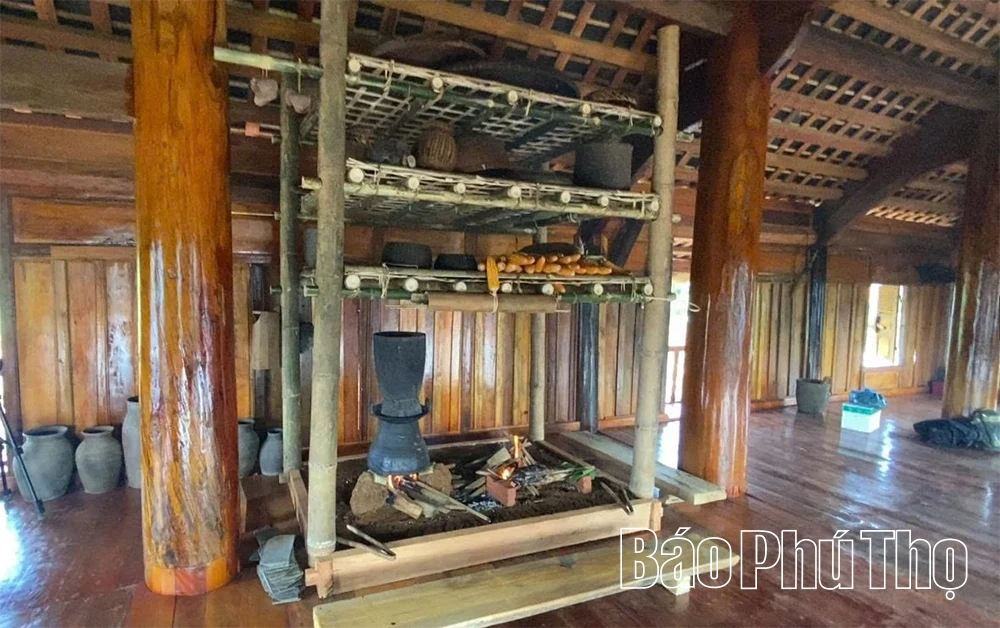
The hearth on the Muong stilt house after completion.
According to folk culture researcher Bui Huy Vong from Lac Son Commune, Phu Tho Province, “The Muong believe odd numbers bring good fortune. Returning a portion of the soil symbolizes gratitude and offering thanks to heaven and earth while praying for blessings.”
After that, the Muong place three stones of equal height on the hearth to support cooking pots. These stones represent the Three Kitchen Gods, the guardians of family prosperity. When the work is done, the Muong people often grill fish on the new hearth as a wish for abundance and good luck. The leader of the ritual lights the first fire and blesses the household with prosperity and happiness.
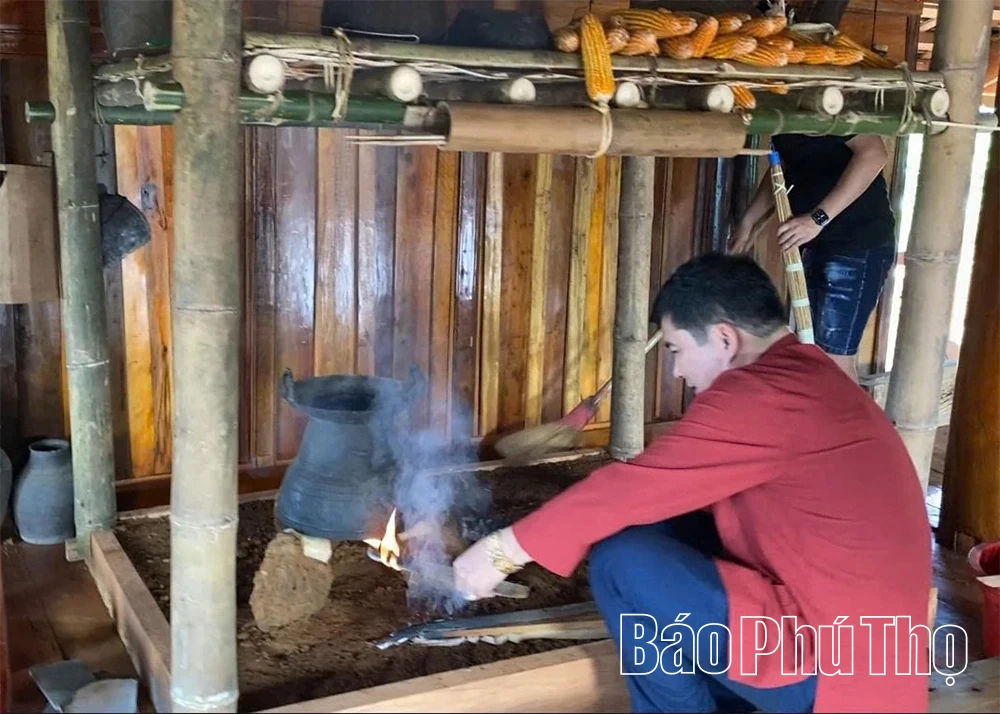
The ritual leader lights the first fire on the hearth.
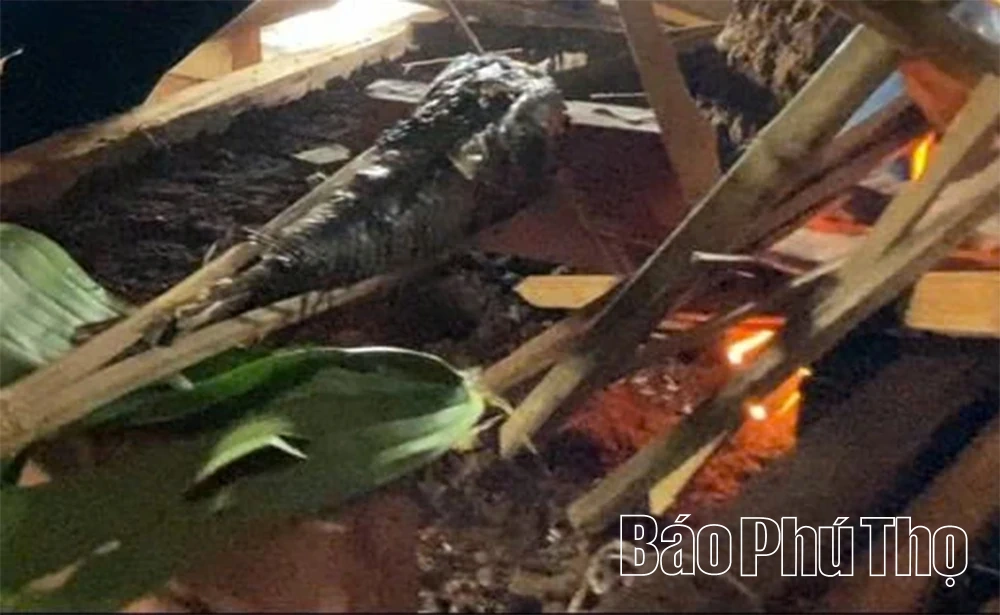 Grilling fish on the new hearth to wish for prosperity and good fortune.
Grilling fish on the new hearth to wish for prosperity and good fortune.
The loft above the hearth is also an important part of the Muong household. It is carefully spaced so that flames do not reach it, yet the steady heat and smoke serve as a natural drying system, keeping food and produce preserved for long periods in the days before refrigeration. From this practice, the Muong created unique delicacies such as dried buffalo meat and buffalo skin cooked with taro stems and leaves.
Cam Le

baophutho.vn On December 8, 2017, at its 12th session, the UNESCO Intergovernmental Committee for the Safeguarding of Intangible Cultural Heritage...

baophutho.vn Situated in the fertile land of Binh Nguyen (Vinh Phuc), the Huong Canh Communal House Complex — comprising Huong Canh, Ngoc Canh and Tien...

baophutho.vn For generations, whenever people mention Huong Canh Town (former Binh Xuyen District, Vinh Phuc Province), now Binh Nguyen Commune of Phu Tho...

baophutho.vn Kha Cuu Commune was formed by merging three former communes: Dong Cuu, Thuong Cuu, and Kha Cuu, with the Muong ethnic group accounting for over...

baophutho.vn Perched atop Tram Linh Hill, Quoc Te Temple in the former Di Nau Commune — now Tho Van Commune — has long been regarded as a solemn and...

baophutho.vn Located in Giap Lai Commune, this ancient communal house is revered by local residents as the “soul of the Muong village.” It is dedicated to...

baophutho.vn The Thai people are the largest indigenous ethnic group in Mai Chau District, now residing mainly in communes such as Mai Chau, Bao La, Mai Ha,...
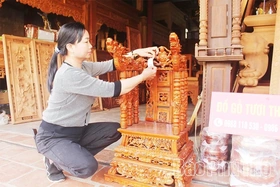
baophutho.vn Today, Phu Tho Province is home to hundreds of traditional craft villages — from wood carving, blacksmithing, and bamboo weaving to mechanics,...
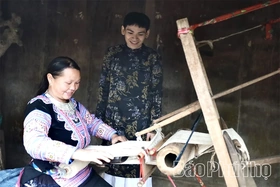
baophutho.vn In line with the orientation toward tourism-based economic development, the traditional brocade weaving craft of the Mong ethnic group in Pa Co...
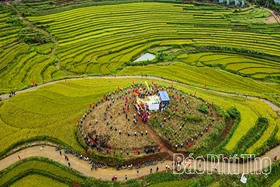
baophutho.vn On the morning of October 25, the opening ceremony of the Mien Doi Terraced Fields Festival 2025 took place in Thuong Coc Commune.